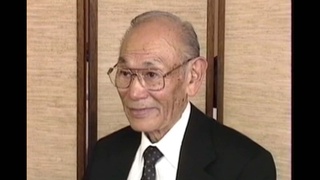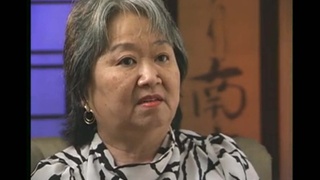Interviews
Finding family’s barrack on map of Crystal City
The map of the entire Crystal City camp. We were really in this area here. I started to look at this because I wanted to know where we were, and I was surprised to see that our name is on there. I thought, oh, great, first time I know we were there, I mean, I had no clue. And the map itself, you have no clue. So now I know where we are, you know, we were.
It really told me that it wasn't just a vague "we were in camp," specifically we were in a spot. And speaking to Jimmy, my brother Jimmy, he could say, "Oh, yeah, we knew this family over here," and that started to put things together. It really made sense of where we were. The orchard, sugar cane that we used to know at when we were kids, had to come from that orchard. And so everything started to come together just a little bit more, started to crystalize so that I could get a sense of what the camp was like.
Date: September 20, 2019
Location: California, US
Interviewer: Tom Ikeda and Yoko Nishimura
Contributed by: Watase Media Arts Center, Japanese American National Museum and Denshō: The Japanese American Legacy Project.







